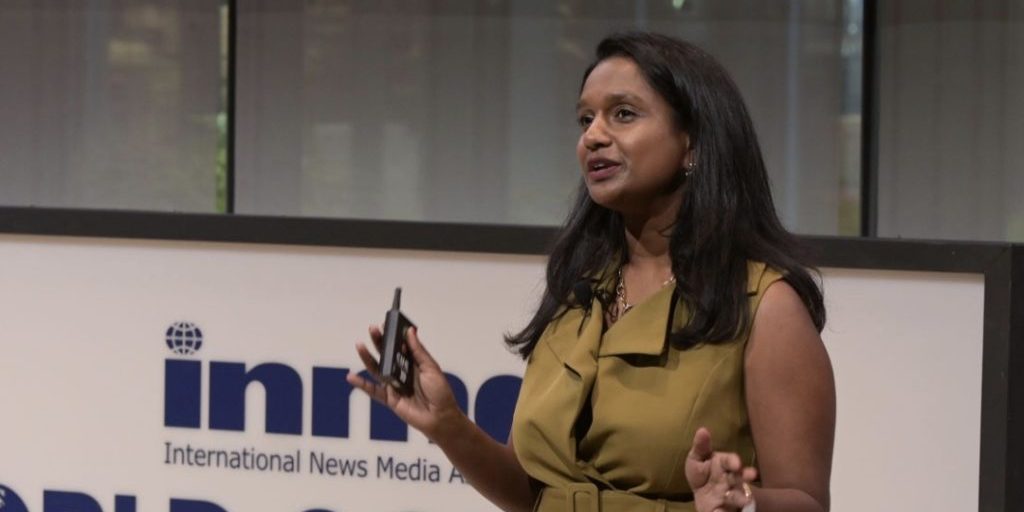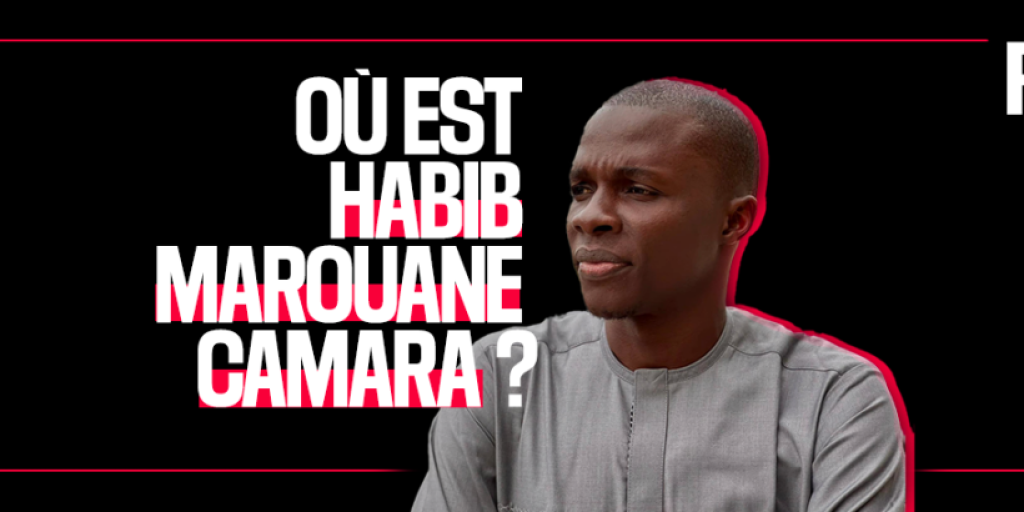The ‘nuance’ between the Pope who made headlines, and the press
PICTURE: Azra Tuba Demir/Pexels
In late February, with Pope Francis critically ill in the hospital, CJR’s Sacha Biazzo spoke with members of the Vaticanisti, the Italian term for the press corps that covers the Pope.
In many ways, he learned, the beat is a strange one: as recently as the Nineties, the Vatican press office would check how long female reporters’ skirts were, one journalist said; another – Christopher White of the U.S.-based National Catholic Reporter – noted that it’s sometimes still necessary to reach sources by sending physical letters, or even via fax.
The Vatican, Biazzo noted, is both a state with a distinctive bureaucracy and also a spiritual centre; Manuela Tulli, the Vatican correspondent for the Italian news agency ANSA (which Francis once quipped ‘knows what I’m doing before I do’), told him that those covering Francis ‘have to find the news within a homily, which is not exactly the kind of speech a head of state would give’. And yet, Tulli said, he ‘often sets the agenda on key issues’.
That much was evident on Easter Sunday when Francis, apparently convalescing following his illness, had an Archbishop read out a message that expressed concern for the vulnerable, including migrants, before unexpectedly appearing on the loggia of St Peter’s Basilica to loud cheers.
He also made headlines for meeting with US vice president J.D. Vance, a Catholic, whose stance on deportations he had openly repudiated.
On Monday morning, Francis was the top story pretty much everywhere – because he had just died, aged 88. Major outlets quickly published their pre-written obituaries, which were even chunkier than usual given the Pope’s global stature (and, given the recent state of his health, perhaps even readier than usual as well).
Headlines centred the historic nature of his papacy – he was the first pope from Latin America, having been born in Argentina to Italian immigrant parents – and the open and inclusive approach that was widely seen as marking it
White described Francis as a trailblazer, noting that his death ‘brings to a halt a period of rapid change in the Vatican, where women ascended into new ranks within the hierarchy, where concern for migrants and climate change superseded issues of gender and sexuality, and where the church engaged all of its members’.
An obituary in the New York Times made the case that ‘the most dramatic change Francis brought’ may have been ‘the simplest: a willingness to open questions for debate, planting the seeds for deep, long-lasting change’. (Francis once talked of an ‘apostolate of the ear: listening before speaking’.)
This, the Times noted, marked a departure from his immediate predecessor, Benedict XVI, who once ‘ordered the removal of the editor of a Jesuit journal, America, because it entertained ideas anathema to conservative orthodoxy’.
How did all this apply to the Vaticanisti and the world’s media more broadly?
There was a sense from the start that Francis listened to the press. While serving as the Archbishop of Buenos Aires, he would have newspapers delivered from a kiosk and pick one up himself on Sundays; after he became Pope in 2013, following Benedict’s shock resignation, he personally called the kiosk to cancel his subscription. (It’s unclear if they would have let him do it online.)
It was less clear that he’d be open to talking to reporters, however. Back in Argentina, he’d sometimes been accused in the press of complicity with the military junta that once ruled the country (and targeted journalists, among many others) and had reportedly given few interviews. (He always denied the complicity claims.)
A Venezuelan journalist noted following his selection as Pope that Francis was reputed not to be ‘fond’ of the media.
‘Journalists sometimes risk becoming ill from coprophilia and thus fomenting coprophagia,’ Francis said before becoming Pope. He defined this as ‘the tendency to focus on the negative rather than the positive’. The dictionary definition of the term is altogether less safe for work.
From his early days as Pope, however, he appeared to be savvy about countering negative narratives while, intentionally or not, cultivating an image as a common man (by doing things precisely like cancelling his own newspaper subscription).
He didn’t put the papacy on Twitter – that was Benedict, at the very end of his tenure – but as the years rolled by, [Francis] harnessed it as he ‘revolutionised the Vatican’s media strategy with his direct and personal approach to communication’, as my colleague Biazzo put it, ‘making him one of the most accessible Popes in history’
This, one historian noted to Biazzo, included becoming the most interviewed Pope in history, despite his earlier reputation; the Washington Post noted in its obituary that he was first holder of the office to ‘give regular – and long – interviews to secular reporters’, in which ‘an image emerged of a man who came to the papacy not as a scholar or bureaucrat, but as a front lines cleric used to working in shantytowns’.
Last year, he sat down for an hour with Norah O’Donnell of CBS, and no topic was off limits; O’Donnell said she was ‘stunned’ to get such access.
Where O’Donnell got an hour, Javier Martínez-Brocal, a Spanish journalist, got three in-person meetings and two phone calls to discuss a book project on which he and Francis collaborated following the eventual death of Benedict, in 2022 (premised on countering the ‘black legend’, as Martínez-Brocal once told Francis, that the two living Popes were enemies).
And yet, there was an ongoing ambiguity, or at least nuance, to the Pope’s attitudes toward the press. Over the years, he would repeat his ‘coprophilia’ line. According to Biazzo, the book with Martínez-Brocal grew out of a correspondence sparked by a less positive interaction, when the journalist filmed Francis leaving a record store in Rome, leading Francis to hit out at paparazzi who refused to leave him alone. (Martínez-Brocal wrote Francis to explain himself; Francis replied, ‘You don’t know how much I miss walking through the streets peacefully’.)
As the Times noted [on Monday] morning, on theological and political matters, a ‘constellation of conservative Catholic news sites, blogs and television channels, many financed by sources in the United States and Canada, constantly sought to weaken the Pope’.
Tulli told Biazzo that hypercritical US outlets were allowed to cover Francis freely, but Francis publicly expressed concern about the tone of some ‘Catholic media’, where ‘limits can be overstepped’ and ‘people look to compensate for their own discontent by lashing out at others’.
And the transparency of the Vatican under his watch had limits, including around sexual abuse scandals involving clergy, despite steps in the right direction.
One of his early acts as Pope was to approve a law criminalising leaks in Vatican City. In 2015, the Vatican charged two journalists with pressuring sources to hand them information about internal corruption. A court ultimately concluded that it did not have jurisdiction over the journalists, though two alleged sources were convicted
Francis was an ambiguous figure on other fronts, too, not least his apparently shifting approach to same-sex couples. As White noted in the National Catholic Reporter, ‘despite the breakneck speed of reform under Francis, he leaves behind an incomplete record’.
From his earliest days as Pope, the world’s media perhaps glossed over this ambiguity too often, or actively caused it to be missed.
After Vanity Fair published a quiz in 2013 challenging readers to differentiate between ‘anti-capitalistic’ statements made by the Pope and the Oberlin college newspaper (Quote A: ‘How can it be that it is not a news item when an elderly homeless person dies of exposure, but it is news when the stock market loses two points?’), Slate’s Joshua Keating argued that ‘a more useful quiz might be, “which Pope said it?”,’ pointing out similarities between Francis and his predecessors that tended to be left out of media narratives.
Writing for CJR the following year, Chris Ip bemoaned the tendency of U.S. outlets to misleadingly shoehorn Francis’s positions into domestic political frames like ‘liberal/conservative’. (‘If both sides, liberals and conservatives, sat down and read everything the Pope has said so far, both of them would probably realise that they shouldn’t be as happy or as afraid as they are’, one member of the Vaticanisti told Ip.)
Such coverage, he wrote, didn’t just exaggerate Francis’s liberalism, but missed ‘the most radical’ part of his public discourse: his willingness to ‘show compassion towards people despite disagreeing with their principles, which is a sentiment increasingly absent from political discourse’.
This idea would, apparently, be persistent enough as to show up in his Times obit over a decade later, in a moment when compassionate disagreement is at the lowest of ebbs. This dynamic, and how it played out in the information space, clearly concerned Francis, in ways that will ring true for many a U.S. media critic.
In 2018, he made a major intervention on ‘fake news’, which he likened to the serpent in the Garden of Eden; his analysis, the Times wrote at the time, was partially ‘questionable’, not least in its apparent conflation of disinformation with ‘an incremental and sensational style of journalism he dislikes’, but otherwise ‘offered a largely clear-eyed assessment of the problem, its social impact and the responsibility of social media giants and journalists’.
He expressed concerns about echo chambers and screen time (‘How many hours does a person spend in front of the TV or on their little phones?’ he asked O’Donnell last year); … he also pointed to dangers associated with artificial intelligence.
In January of this year, Francis called for jailed journalists around the world to be released. ‘The freedom of journalists increases the freedom of us all,’ he wrote. The world needs ‘free, responsible and correct information’; without it, ‘we risk no longer distinguishing truth from lies’ and ‘expose ourselves to growing prejudices and polarisations that destroy the bonds of civil co-existence’.
Read ‘Freedom of the press, right to be informed must be defended’ – Pope Francis, here
With such statements, Francis may have appeared to be fighting a losing battle, one of many in this fractious era, as the Times intimated in its obituary – though the paper also quoted Cardinal Gianfranco Ravasi, a former Vatican official, saying that the Pope still reaches a large audience, even if ‘the world is going in another direction’, and has a duty to be a global conscience, ‘even if it’s a losing effort’.
It’s not yet clear how the next Pope will interpret this duty or interact with the press in its pursuit; we’ll have to wait for the white smoke to know that, after the cardinals have met in their conclave to decide who it will be.
That process is secretive, but as Biazzo reported in his recent article, media scrutiny and other external pressures have always factored into it. The world is watching. So, of course, are the Vaticanisti.
Oh, and who asked, ‘How can it be that it is not a news item when an elderly homeless person dies of exposure, but it is news when the stock market loses two points?’
Francis.




